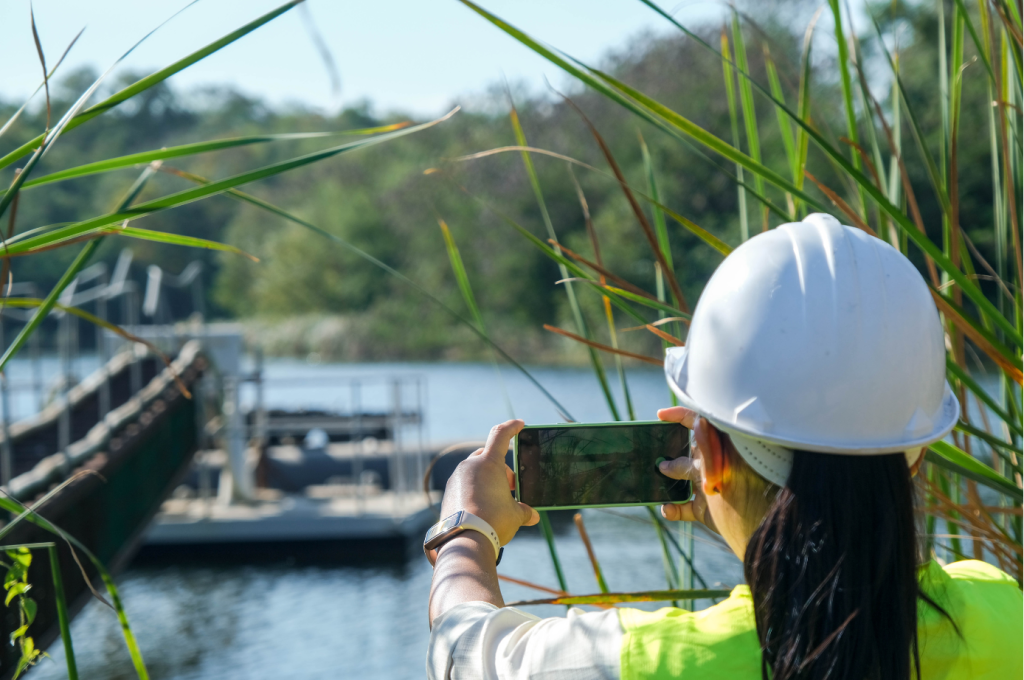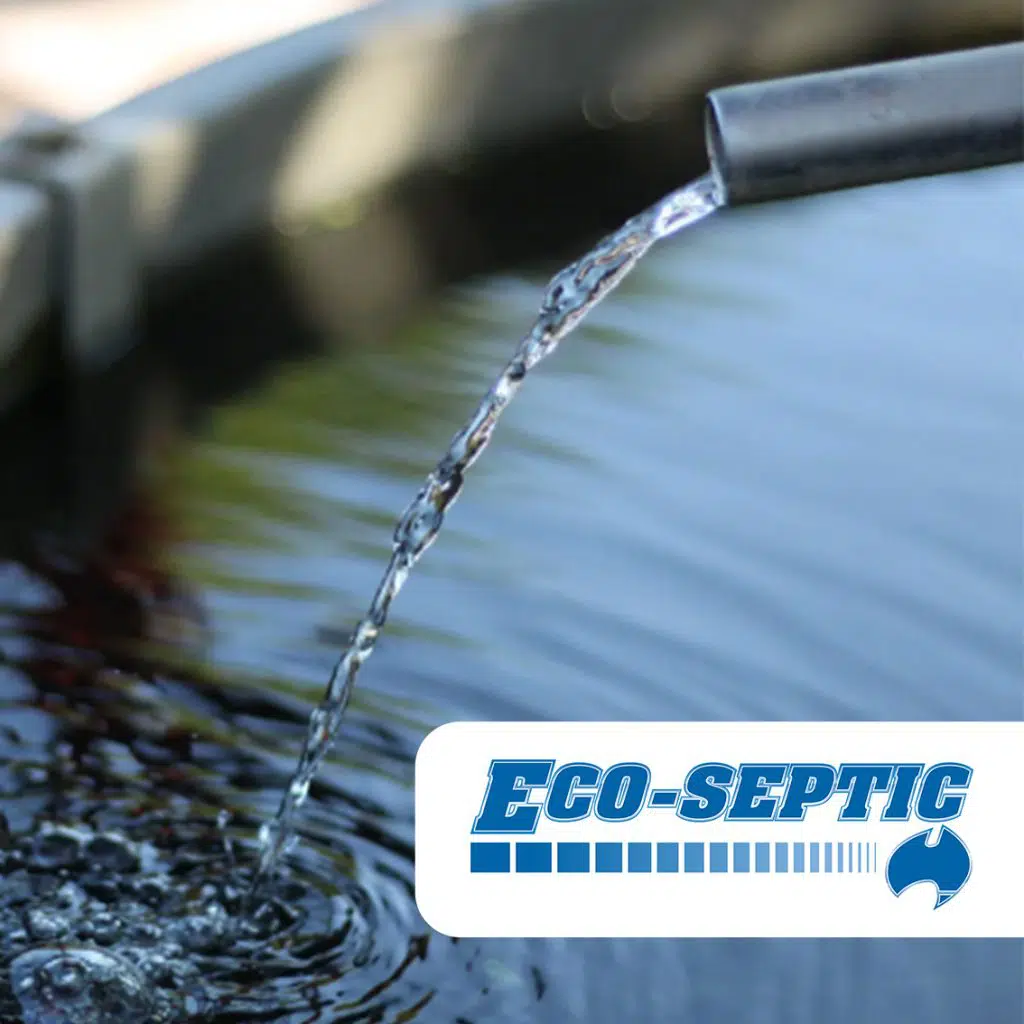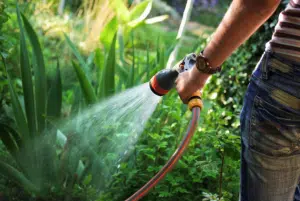Understanding Recycled Water Classifications in Australia

In Australia, recycled water plays a significant role in sustainable water management practices, offering an alternative source for non-potable uses such as irrigation, industrial processes, and environmental enhancement. The classification of recycled water is crucial as it determines its suitability for different purposes and ensures public health and environmental safety. This blog explores the various classifications of recycled water in Australia, along with relevant laws and considerations that affect consumers.
Sustainable Home Living: Strategies to Reduce Wastewater

Water is the essence of life, and yet, we often squander it without a second thought. As concerns about water scarcity and environmental sustainability continue to rise, it’s imperative that we take proactive steps to reduce wastewater at home. By adopting simple yet effective strategies, we can not only conserve this precious resource but also minimize our impact on the environment. In this blog, we’ll explore various methods to reduce wastewater at home while promoting eco-friendly living.




